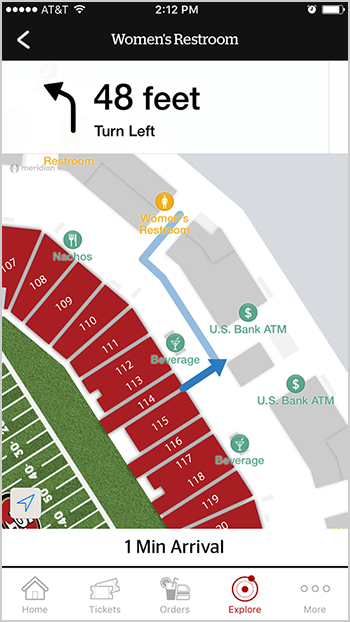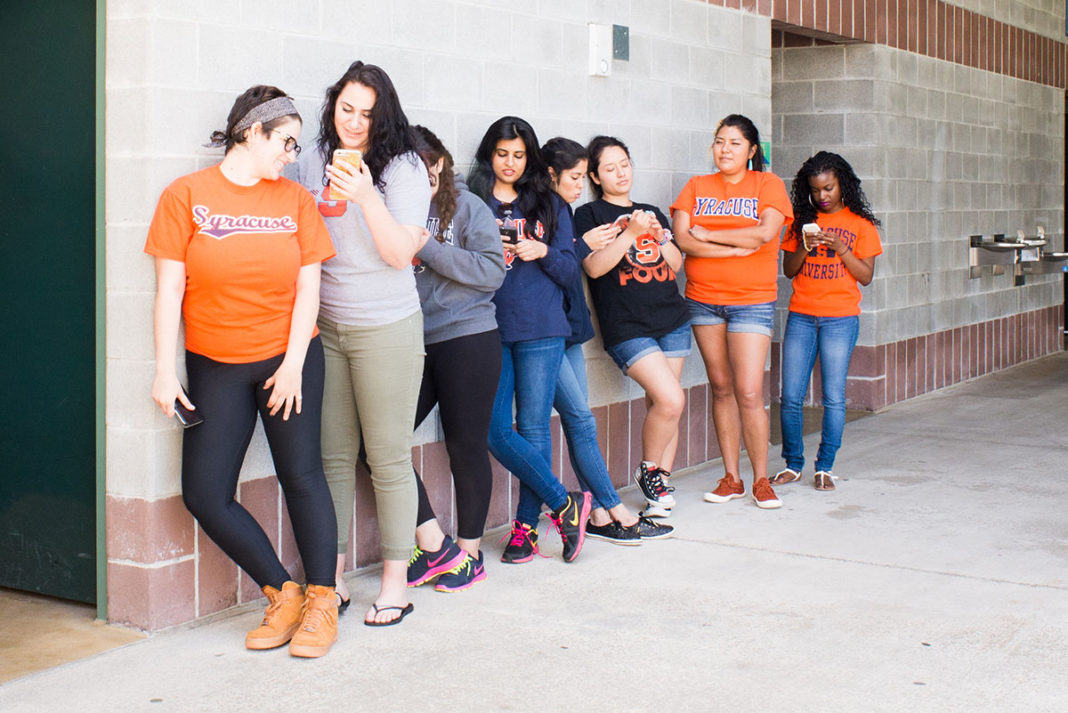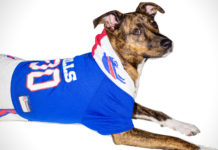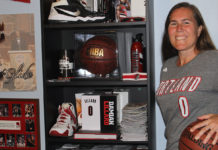This summer, a 26-year-old Beyoncé fan grew weary of the long line for the ladies’ room at Citi Field and did what few possess the courage to undertake — enter the men’s room. That act of bladder bravery robbed her of a lemonade experience and earned her a police-escorted exit from the venue. Women around the globe felt her pain. Potty parity — the equitable provision of facilities for men and women — is a thing. But the evolution of legislation, including the push for gender-neutral facilities, building codes, and technology are beginning to shorten wait times for female stadium-goers.
Of course, parity (the number of fixtures, the amount of space, or simply the wait time) takes many forms, and the pursuit of parity begins with state-mandated building codes, which regulate how many restrooms should be built with new construction. Those codes can conflict with legislative efforts to make bathroom breaks more equitable such as in 1987 when California enacted the Restroom Equity Act, which dictated that new public projects needed to include more restrooms for women. “The latest building codes address ‘toilet need’ with direct counts rather than ratios,” says Bob Brubaker, co-founder and program manager of the American Restroom Association.
Citi Field serves as a great example. When it opened in 2009, it was hailed as “the biggest moment for potty parity,” but it demonstrates that parity is more than a numbers game. Citi Field provides 374 toilets for women and 351 for men (111 toilets and 240 urinals). The reality is women take twice as long in the loo (and not because we’re applying makeup). No, our extended bathroom breaks must account for the following: we sit, we must use stalls, we menstruate, we have more cumbersome clothing that lacks the all-access abilities of men, and we generally have greater responsibility for children, who often accompany us to the restroom, and who are sprung from places that dictate more frequent visits.
But ARA’s Brubaker predicts building codes for 2018 will help solve the problem. “For women it equalizes everything,” he says. Stadiums built after 2018 will address the need and account for the ratio of men-to-women bathrooms, plus the addition of a single-room restroom (family restrooms). The new codes will also encourage a consensus from each state to legislate a particular amount of mandated toilet fixtures so that there will be at least twice as many toilets for women as men. A consensus is reached once every state delegate has voted on the agreed upon terms and conditions of the new codes that have been created.

In the end, it may be technology that delivers potty-line relief in the form of stadium apps that seek to improve fans’ experience by allowing them to order food from their seats, helping them to find an open parking space, and alerting them to lines at food stands, and at restrooms. VenueNext has created apps for three NFL stadiums (the Minnesota Vikings’ U.S. Bank Stadium, San Francisco’s 49ers’ Levi’s Stadium, and the Dallas Cowboys’ AT&T Stadium). The Sports Business Journal nominated the app for the “best in mobile fan experience” and will continue to expand to more stadiums in 2017. “It’s great to go to a live venue, but there are negatives. You have to get up and go to the bathroom and there’s a long line, or you go to get food, and there’s a huge line, and you miss the most exciting play of the game,” says John Paul, CEO and founder of VenueNext, in a company video about the app. “We’ve built a platform where we’ve integrated all the systems of the stadium. Whether that’s food or beverage or access, and when the fan comes and downloads the app, we seamlessly integrate all of those into one experience. So that the fan sees every service the stadium has to offer.” The app won’t add bathrooms, but it can direct you to the shortest line, which just may ensure you actually see that game-changing interception.










